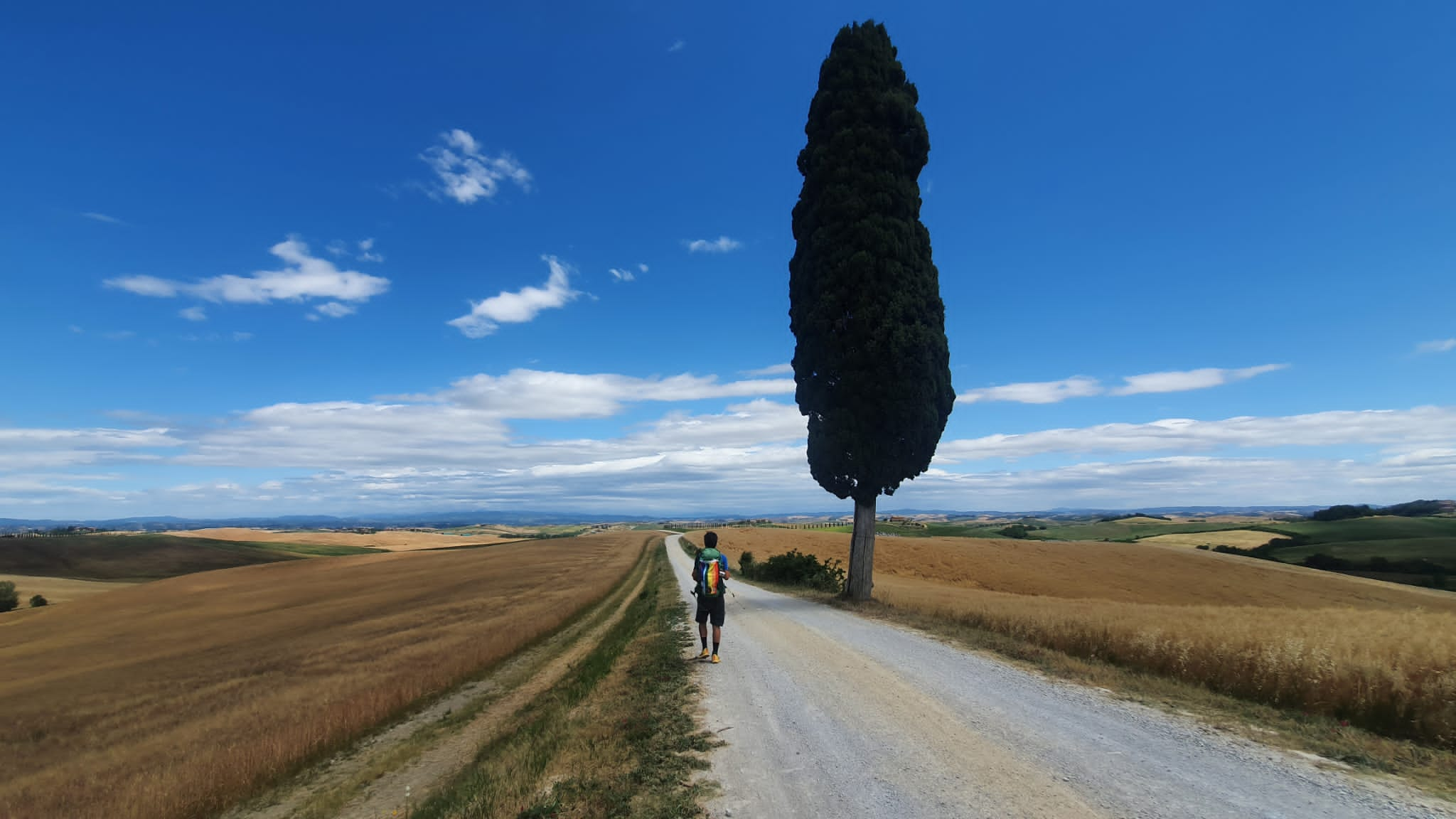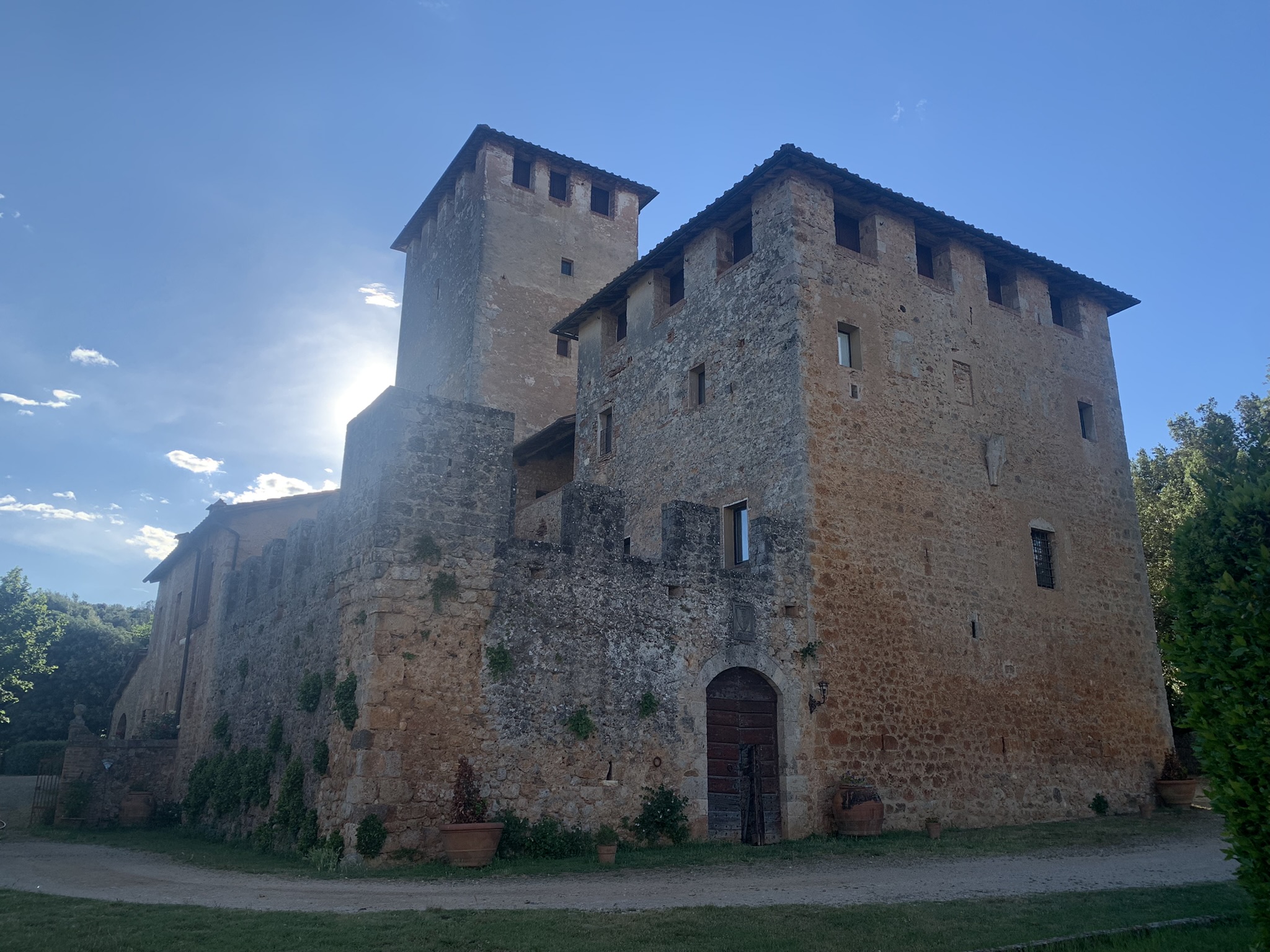The experience
Il Cammino d’Etruria: un itinerario lungo le antiche città etrusche
Il cammino d’Etruria è composto da due itinerari gemelli che si snodano per più di 400 chilometri: uno che va da Pisa a Volterra e un altro che va da Volterra a Chiusi, in provincia di Siena. Come tutti i cammini punta a ribaltare il concetto di turismo di massa indirizzando il turista verso borghi più piccoli, intrisi di storia e autenticità. In questi luoghi, oltre a una miglior qualità della vita si possono vivere esperienze autentiche.
Di entrambe le tratte è possibile richiedere le tracce gpx che peraltro sono indispensabili in quanto il cammino non è ancora segnato sul terreno. Quando si pensa alle grandi civiltà del passato italiano la mente rimanda subito ai romani; eppure non tutti sanno che questo popolo, che per secoli ha dominato il mondo, ha attinto molto da un’altra civiltà che ha primeggiato sul suolo italico: gli Etruschi. Sulle loro tracce si snodano le tappe del tratto Volterra – Chiusi.
Attraverso il Cammino d’Etruria ci si ritrova nella maggior parte dei casi su strade secondarie e campestri, ben lontane dal traffico e immerse in un’atmosfera bucolica dove riecheggiano ancora i fasti di un passato tanto lontano quanto affascinante. Si parte da Volterra, la città dell’alabastro, sita nel cuore della Maremma Pisana. Gli Etruschi a Volterra rivivono in parte nella cinta muraria, nella Porta Diana e nella piccola Acropoli dove sono visibili i resti di magazzini e luoghi di culto.
Il territorio interessato dal percorso è situato nella zona centro–orientale della Toscana e attraversa le province di Pisa e di Siena. Il tracciato insiste su un’areale che alterna zone urbane a zone collinari di interesse naturalistico e storico. Si possono ammirare una serie di paesaggi toscani tra i più famosi nel mondo: dalle colline del Volterrano e la foresta di Berignone – Tatti, alla Riserva di Pietraporciana al sito di interesse comunitario come la Montagnola Senese, fino alle magnifiche Val d’Orcia, Val di Merse, le crete Senesi e la Val di Chiana.
Questo itinerario è stato realizzato in sinergia con “Smart Walking”, il progetto di Davide Fiz che coniuga trekking e lavoro agile, per godere del turismo e del lavoro in maniera lenta, con lo zaino in spalle e la voglia di scoprire il patrimonio storico e naturalistico dei nostri territori!

